Major Mosquito Carries of West Nile Virus
Aedes albopictus (Asian Tiger Mosquito)
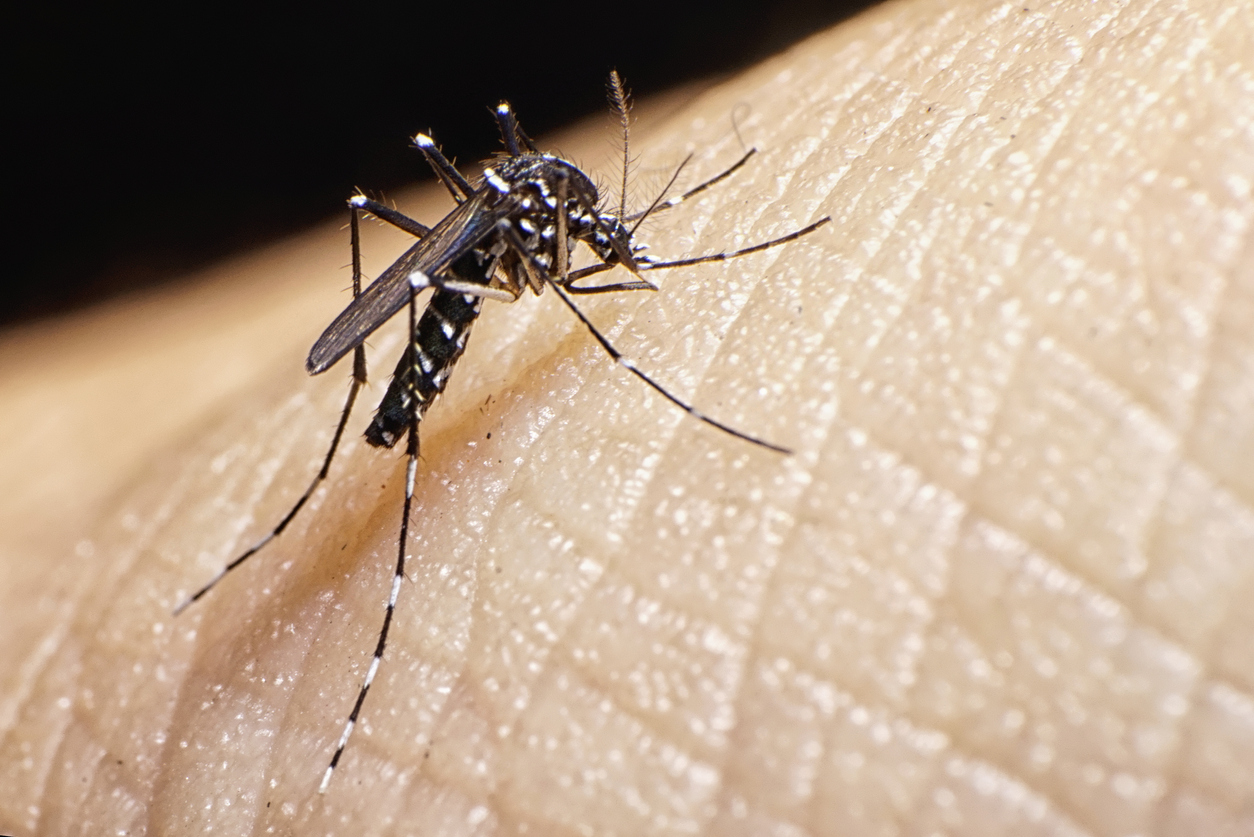 Readily and aggressively feeds on humans any time of the day. Has a short flight range - generally 1/2 mile or less. A main identifying feature are the striped legs. Aedes species are generally container breeders, laying their eggs above the water line on the inside of tires, buckets, planters, etc. When the water level rises, as after a rain, the eggs will hatch and the larvae begin their life cycle. Large populations of these mosquitoes can be found in the southern half of Indiana. In its native home of southeast Asia, Aedes albopictus transmits dengue fever, yellow fever, and Japanese B encephalitis.
Readily and aggressively feeds on humans any time of the day. Has a short flight range - generally 1/2 mile or less. A main identifying feature are the striped legs. Aedes species are generally container breeders, laying their eggs above the water line on the inside of tires, buckets, planters, etc. When the water level rises, as after a rain, the eggs will hatch and the larvae begin their life cycle. Large populations of these mosquitoes can be found in the southern half of Indiana. In its native home of southeast Asia, Aedes albopictus transmits dengue fever, yellow fever, and Japanese B encephalitis.
Culex species
All three of the Culex species shown below breed in artificial containers and in water that is polluted with organic matter, such as septic effluent. They do not fly very far, having a flight range of about 1/2 mile. Breeding sites such as ornamental ponds, tires, and unused swimming and wading pools pose a significant threat, as do malfunctioning septic systems. Sites such as these will be primary contributors to large Culex populations in July, August, and September. Culex mosquitoes are also the primary vectors of St. Louis encephalitis in Indiana.
Culex Pipiens
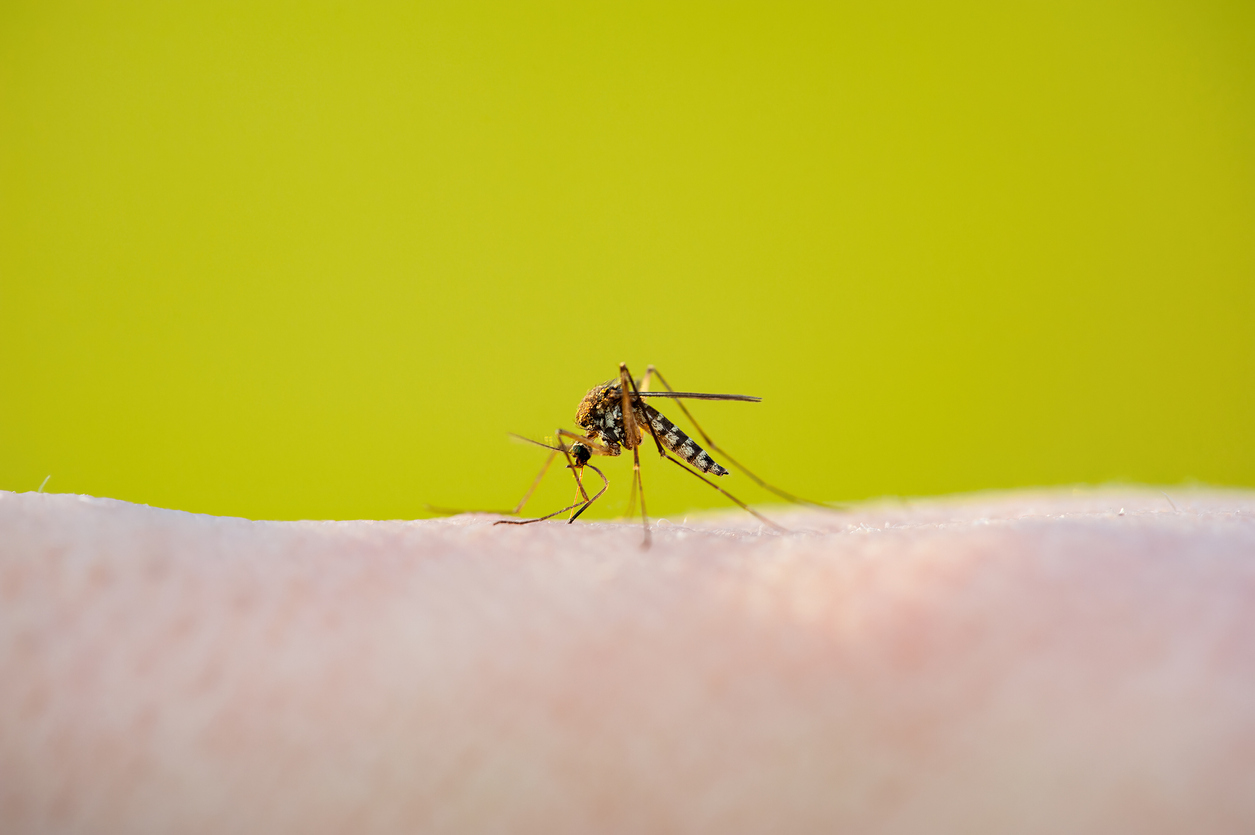 Culex pipiens is small or medium in size with brown or yellowish coloration. Some of the identifying marks of this species are narrow, well-defined, pale bands at the base of the abdominal segments; unbanded legs and proboscis and unspotted wings. Also known as the "Northern House Mosquito", their distribution ranges from the northern Atlantic region westward to Illinois. Unlike other mosquitoes which enter houses through doorways, Culex pipiens will work their way through crevices, around windows and through screens to get into houses. Adult females feed on birds primarily, and humans and other mammals secondarily, with peak feeding activities at dusk and dawn. This mosquito species has tested positive for West Nile virus in Harrison County in the past.
Culex pipiens is small or medium in size with brown or yellowish coloration. Some of the identifying marks of this species are narrow, well-defined, pale bands at the base of the abdominal segments; unbanded legs and proboscis and unspotted wings. Also known as the "Northern House Mosquito", their distribution ranges from the northern Atlantic region westward to Illinois. Unlike other mosquitoes which enter houses through doorways, Culex pipiens will work their way through crevices, around windows and through screens to get into houses. Adult females feed on birds primarily, and humans and other mammals secondarily, with peak feeding activities at dusk and dawn. This mosquito species has tested positive for West Nile virus in Harrison County in the past.
Like other species in the Culex genus, the female hibernates through the winter. Hibernation begins before the breeding season ends, the impregnated female winters in dark places blocked from the wind (e.g., barns, outbuildings and cellars). This species will lay their eggs in early spring and have numerous generations per year. The eggs have a sticky coating and are laid in a canoe-shaped floating raft with a single layer of erect eggs laid side by side. Eggs only require around 24 hours for the larva to develop and typically hatch at night.
Culex Restuans
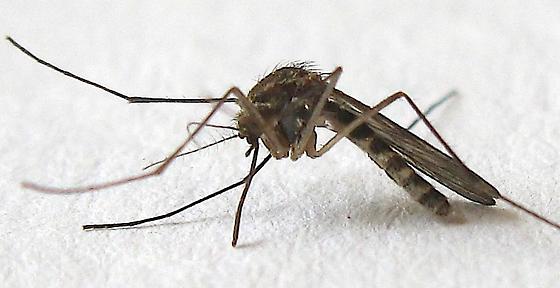 Culex restuans feeds solely on birds, biting humans on rare occasions. This species becomes active in early spring.
Culex restuans feeds solely on birds, biting humans on rare occasions. This species becomes active in early spring.
Culex Salinarius
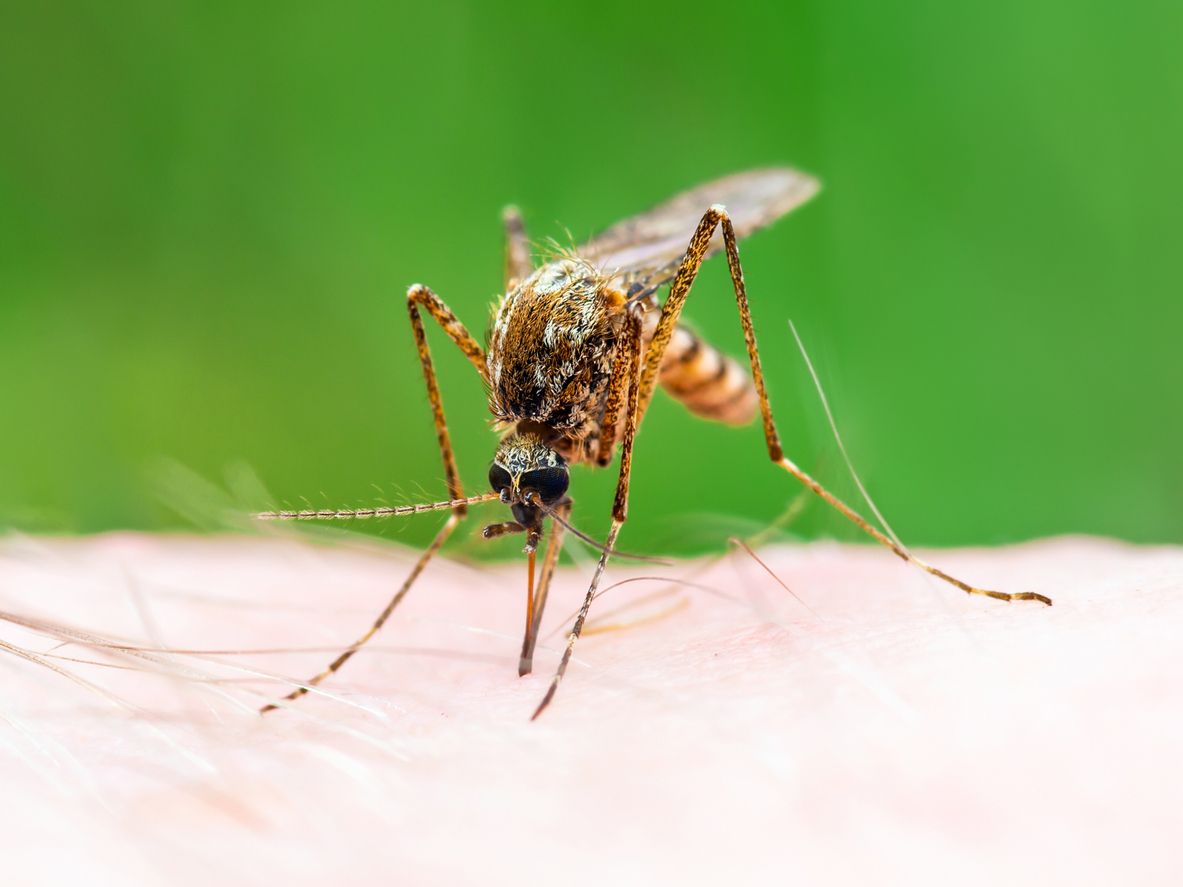 Culex salinarius appears throughout Indiana and feeds on humans more often than do the Culex restuans and Culex pipiens. The females of this species are covered by narrow, golden-brown scales. The abdomen is blunt and the proboscis is dark-scaled. The legs are dark and the posterior surfaces of the tibia and femur are pale.
Culex salinarius appears throughout Indiana and feeds on humans more often than do the Culex restuans and Culex pipiens. The females of this species are covered by narrow, golden-brown scales. The abdomen is blunt and the proboscis is dark-scaled. The legs are dark and the posterior surfaces of the tibia and femur are pale.
Ochleratatus Triceriatus
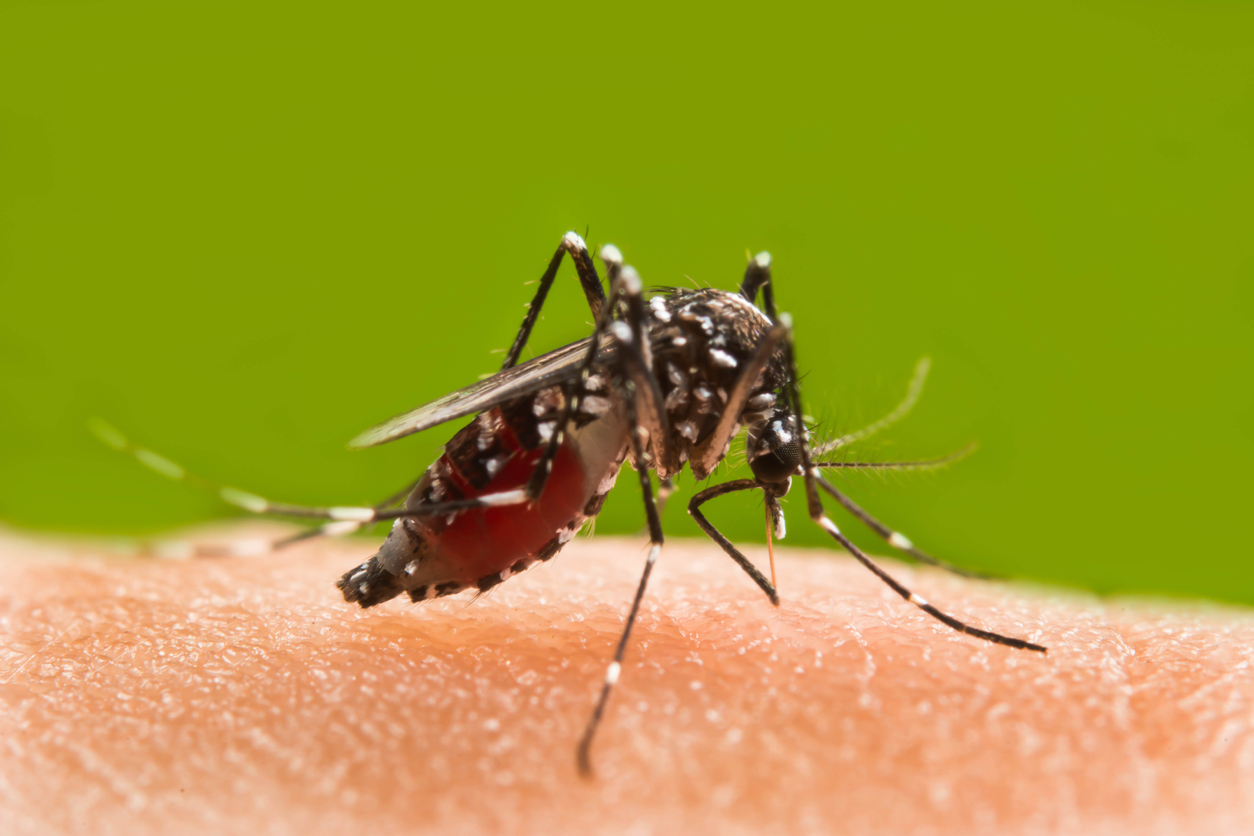 Ochleratatus triceriatus, the Northern "treehole mosquito", also carries West Nile virus infection. This species is found throughout Indiana and has also adapted very well to breeding in tires. They are commonly found breeding in backyards, are active human biters, and do not fly far. Ochleratatus triceriatus is also the major vector of LaCrosse encephalitis in Indiana.
Ochleratatus triceriatus, the Northern "treehole mosquito", also carries West Nile virus infection. This species is found throughout Indiana and has also adapted very well to breeding in tires. They are commonly found breeding in backyards, are active human biters, and do not fly far. Ochleratatus triceriatus is also the major vector of LaCrosse encephalitis in Indiana.
Ochleratatus Japonicus
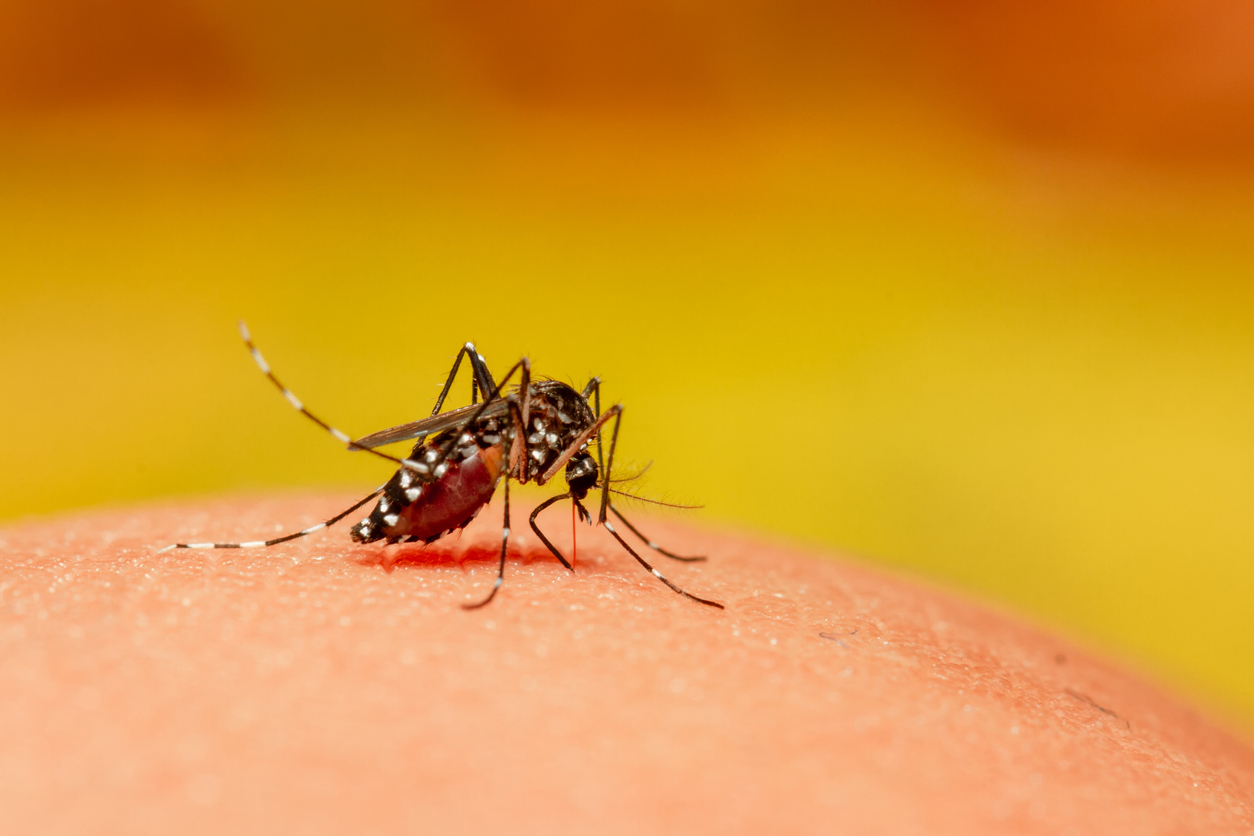 Ochleratatus japonicus is a container-breeding mosquito from the eastern hemisphere. It was first identified in New York in 1998 (the year before the outbreak of West Nile virus). The Aedes/Ochlerotatus group of mosquitoes are most commonly found in shipments of used tires around the world. This species is an excellent vector of West Nile virus and an aggressive biter of humans. This is the mosquito that tested positive for WNV in Harrison County in 2004, and is one more good reason to take care of water-filled areas and containers around residences.
Ochleratatus japonicus is a container-breeding mosquito from the eastern hemisphere. It was first identified in New York in 1998 (the year before the outbreak of West Nile virus). The Aedes/Ochlerotatus group of mosquitoes are most commonly found in shipments of used tires around the world. This species is an excellent vector of West Nile virus and an aggressive biter of humans. This is the mosquito that tested positive for WNV in Harrison County in 2004, and is one more good reason to take care of water-filled areas and containers around residences.
Tipulus Genus
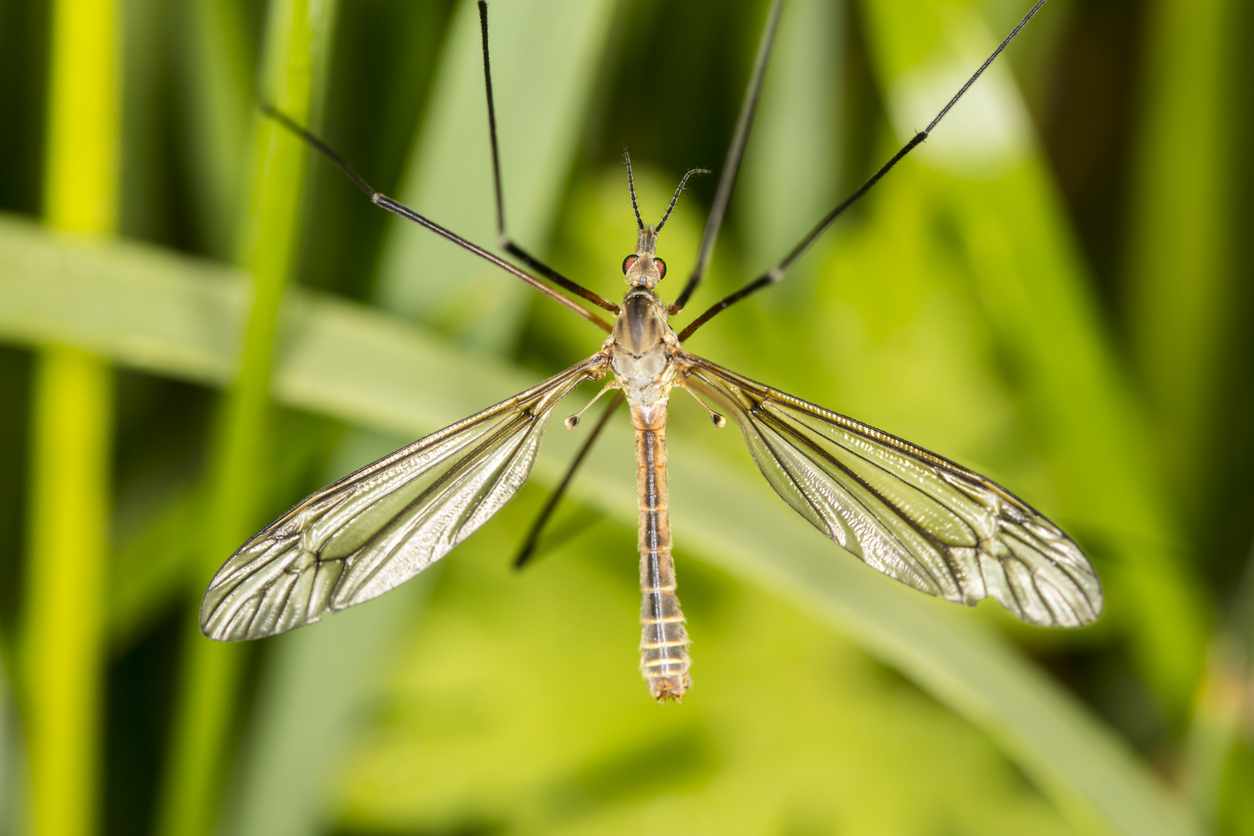 Tipulusgenus. The insect shown at left is not a mosquito, although we get a lot of calls in the spring from people who claim to have "the biggest mosquitoes you've ever seen". These are crane flies (also know as gollywhoppers, gallinappers, or mosquito hawks, although they do not eat mosquitoes). Crane flies can grow up to 2-1/2 inches long, with a wingspan of three inches. They are grayish-brown and slender. There are many different species of Tipulus. Their legs are super-thin and long, being about twice as long as their bodies. They are attracted to light and sometimes are seen flying around windows or outdoor lights at night. Crane flies do not bite or sting. The adult flies feed on nectar or not at all. Their larvae are worm-like and eat decaying plants, roots, or fungi.
Tipulusgenus. The insect shown at left is not a mosquito, although we get a lot of calls in the spring from people who claim to have "the biggest mosquitoes you've ever seen". These are crane flies (also know as gollywhoppers, gallinappers, or mosquito hawks, although they do not eat mosquitoes). Crane flies can grow up to 2-1/2 inches long, with a wingspan of three inches. They are grayish-brown and slender. There are many different species of Tipulus. Their legs are super-thin and long, being about twice as long as their bodies. They are attracted to light and sometimes are seen flying around windows or outdoor lights at night. Crane flies do not bite or sting. The adult flies feed on nectar or not at all. Their larvae are worm-like and eat decaying plants, roots, or fungi.
